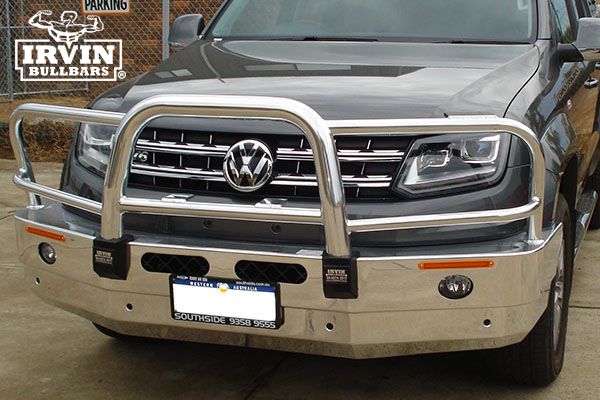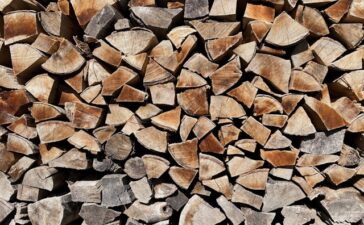If you’ve ever taken a long drive through rugged terrain or ventured off the beaten path, you may have noticed vehicles outfitted with bullbars. These sturdy accessories are more than just a fashion statement; they serve an important purpose for drivers and their passengers alike. Whether you’re navigating city streets or tackling rough trails, understanding what bullbars can do for your vehicle safety is essential. Let’s delve into the fascinating world of bullbars and discover how they enhance your driving experience while keeping you secure on the road.
History and purpose of bullbars
Bullbars have a fascinating history that dates back to the early 20th century. Initially designed for agricultural vehicles, these heavy-duty guards were introduced to protect livestock and machinery from collisions. Farmers soon recognized their value in rugged terrains.
As off-roading became popular, Bullbar evolved. They transitioned into essential accessories for 4×4 enthusiasts who tackled challenging landscapes. The rise of adventure travel increased the demand for added vehicle protection.
Today’s bullbars are built with advanced materials like steel and aluminum, enhancing durability while minimizing weight. Their purpose goes beyond aesthetics; they shield both drivers and pedestrians during accidents, mitigating damage.
Though primarily associated with off-road vehicles, many urban cars now feature these protective bars as safety enhancements against low-speed impacts. Bullbars serve as a testament to the marriage between utility and design in modern automotive culture.
Types of bullbars and their features
Bullbars come in various styles, each designed for specific needs. The most common type is the tubular bullbar. It features a lightweight metal frame that offers solid protection without adding excessive weight to your vehicle.
Then there are full-width bullbars. These provide extensive coverage across the front of the vehicle, safeguarding not just against animal strikes but also minor collisions and off-road obstacles.
For those who venture into extreme terrains, heavy-duty bullbars are ideal. Crafted from robust materials like steel or aluminum, they can withstand harsh impacts while enhancing durability.
Another option is the winch-compatible bullbar. This design incorporates a mounting point for a winch, allowing drivers to recover their vehicles when stuck without needing outside assistance.
Aerodynamic models cater to drivers concerned about fuel efficiency and aesthetics while still providing essential protection during everyday use.
How a bullbar improves vehicle safety
A bullbar significantly boosts vehicle safety, especially for off-road enthusiasts and those navigating rural areas. Designed to absorb impact, it acts as a first line of defense against collisions with animals or obstacles.
In urban settings, the presence of a bullbar can provide added protection during minor accidents. The reinforced structure helps safeguard critical components like the radiator and engine from damage.
Moreover, bullbars often come equipped with features such as integrated lights or winches. These additions enhance visibility and recovery options in challenging situations.
Installing a bullbar may also create a psychological sense of security for drivers. Knowing that their vehicle has an extra layer of protection can instill confidence while driving in hazardous conditions. This blend of functionality and peace of mind makes bullbars an appealing choice for many vehicle owners seeking enhanced safety on the road.
Potential drawbacks and controversies surrounding bullbars
Bullbars, while offering numerous benefits for vehicle safety, are not without their controversies. Critics argue that they can pose risks to pedestrians and cyclists. The rigid structure of a bullbar may increase the likelihood of injury in the unfortunate event of an accident involving vulnerable road users.
Additionally, installation regulations vary by region. Some jurisdictions impose strict rules on the design and use of bullbars to ensure they meet safety standards. This has led to debates among manufacturers and consumers about what constitutes a safe design.
Environmental concerns also arise from increased vehicle weight due to added accessories like bullbars. Heavier vehicles often consume more fuel, leading to higher emissions and contributing to environmental degradation.
Insurance issues can complicate matters further. Some insurers view bullbars as modifications that may affect coverage or premiums negatively.
While enhancing protection for both your vehicle and its occupants is crucial, it’s important to weigh these potential drawbacks carefully before deciding whether a bullbar is right for you. Choosing wisely ensures you find the best balance between safety benefits and broader implications for road use.





